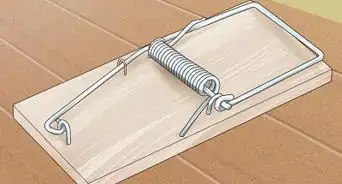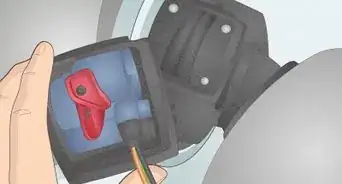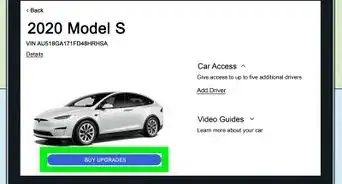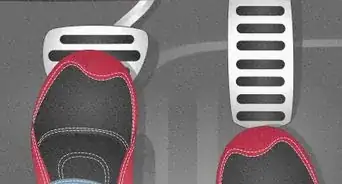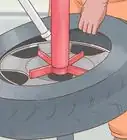This article was co-authored by wikiHow Staff. Our trained team of editors and researchers validate articles for accuracy and comprehensiveness. wikiHow's Content Management Team carefully monitors the work from our editorial staff to ensure that each article is backed by trusted research and meets our high quality standards.
There are 27 references cited in this article, which can be found at the bottom of the page.
This article has been viewed 1,261 times.
Learn more...
Want everyone to hear you from a mile away? If so, you’ve reached the right place! Whether you want to amplify your car’s natural noise or make it sound like a premium sports car, we’re going over all the modifications to make your vehicle rumble. While loud cars are impressive, be sure to review your local laws and be mindful of your neighbors. If you’re still determined to amplify your ride, keep reading to create the car of your dreams.
Things You Should Know
- Drill small holes in your exhaust pipes to make your car louder–it’s a legal way to modify your exhaust system, and it's much safer than removing your muffler.
- Clean, degrease, and polish your exhaust pipes to amplify the sound of your exhaust system.
- Install a dual exhaust cat-back system to boost the horsepower of your car and create an aggressive roar.
Steps
Warnings
- Removing a muffler is a common way to make your car louder, but it’s illegal in all 50 states.[25] This can also void your warranty if removal damages other parts of your car’s emissions system.[26]⧼thumbs_response⧽
- Every state has different laws regarding exhaust modifications, so be sure to check your local laws for possible restrictions—unlawful modifications can result in a fine of $25-500.[27]⧼thumbs_response⧽
- Modifying your vehicle can be dangerous, so always take the proper safety precautions: wear safety glasses and protective gloves when working, and make sure the vehicle is fully stopped and the brakes are engaged.[28]⧼thumbs_response⧽
References
- ↑ https://youtu.be/y5gdUcHVSJI?t=120
- ↑ https://ww2.motorists.org/blog/how-to-clean-your-exhaust-system-inside-and-out/
- ↑ https://www.hhocarboncleansystems.com/what-is-carbon-cleaning-is-it-worth-it
- ↑ https://youtu.be/eytayrB2j5o?t=426
- ↑ https://www.exhaustvideos.com/faq/how-much-exhaust-system-cost
- ↑ https://speedwaymedia.com/2022/08/27/do-exhaust-tips-change-sound-2022-all-you-need-to-know
- ↑ https://www.motortrend.com/how-to/ctrp-0009-muffler-education
- ↑ https://axleadvisor.com/muffler-repair-cost/#Average
- ↑ https://youtu.be/TaXa0t4-lTQ?t=36
- ↑ https://rxmechanic.com/resonator-delete
- ↑ https://www.lukey.com.au/pages/exhaust-size
- ↑ https://www.pipsisland.com/how-much-to-fix-exhaust-pipe
- ↑ https://www.pipsisland.com/what-is-a-straight-pipe-exhaust
- ↑ https://www.semasan.com/resources/exhaust-noise-laws-state
- ↑ https://skipsgaragerepair.com/what-is-a-cat-back-exhaust-system
- ↑ https://costhack.com/cat-back-exhaust-cost
- ↑ https://youtu.be/aieoIUjRS9c?t=59
- ↑ https://turboturbos.com/blogs/news/the-cost-of-turbocharging-a-car
- ↑ https://carlawn.com/cold-air-intake-cost
- ↑ https://completecar.ca/maintenance/open-headers
- ↑ https://www.hotcars.com/car-mods-that-are-illegal-but-drivers-get-away-with
- ↑ https://www.uti.edu/blog/automotive/engine-types
- ↑ https://costhack.com/how-much-does-a-v8-engine-cost
- ↑ https://www.motortrend.com/news/formula-1-developing-exhaust-mics-make-cars-sound-louder
- ↑ https://www.semasan.com/resources/exhaust-noise-laws-state
- ↑ https://www.themechanicdoctor.com/does-a-muffler-delete-void-warranty-the-true-facts
- ↑ https://www.drivinglaws.org/resources/tickets-for-noisy-car-mods-muffler-deletes-loud-exhaust-and-loud-music.html
- ↑ https://porterchester.edu/news-events/important-auto-shop-safety-tips
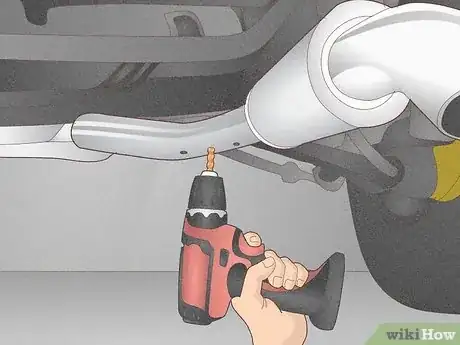






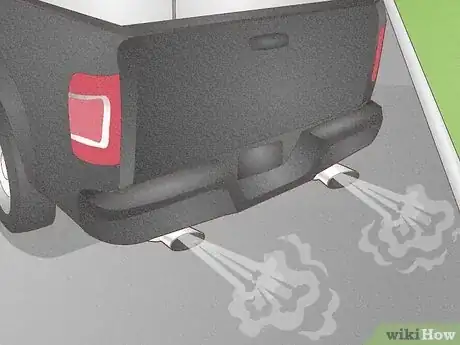
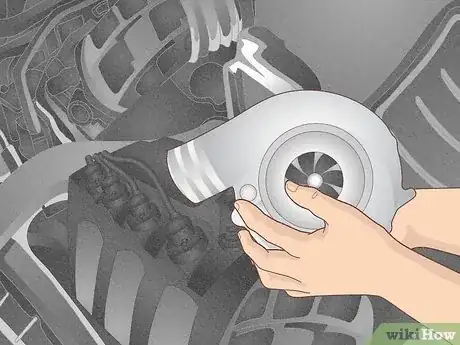


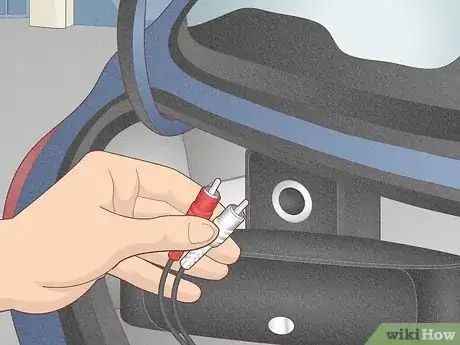


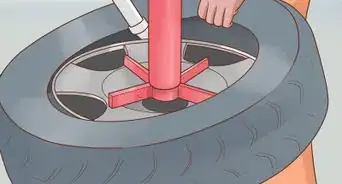
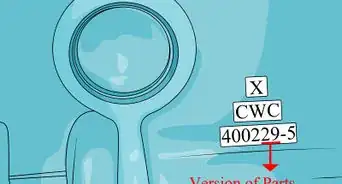

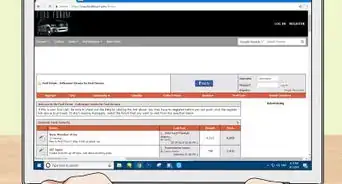
-Beetle-Step-5-Version-3.webp)
